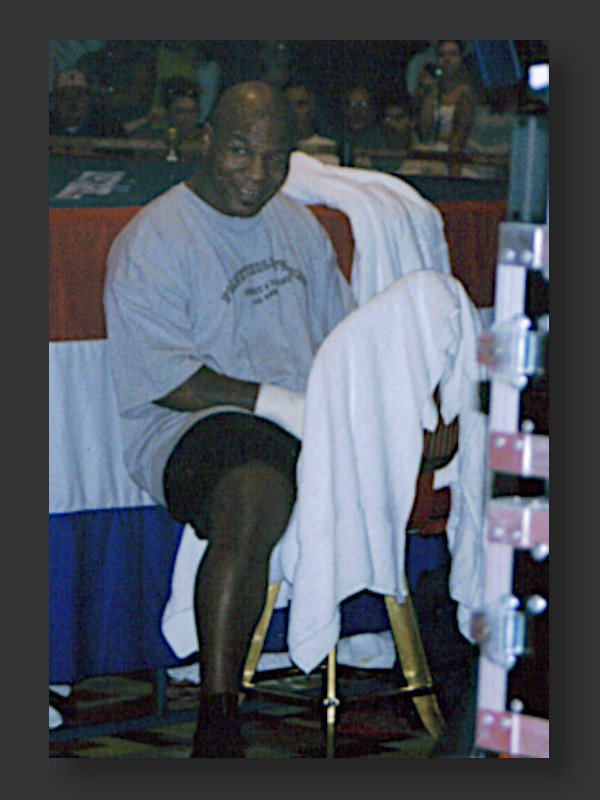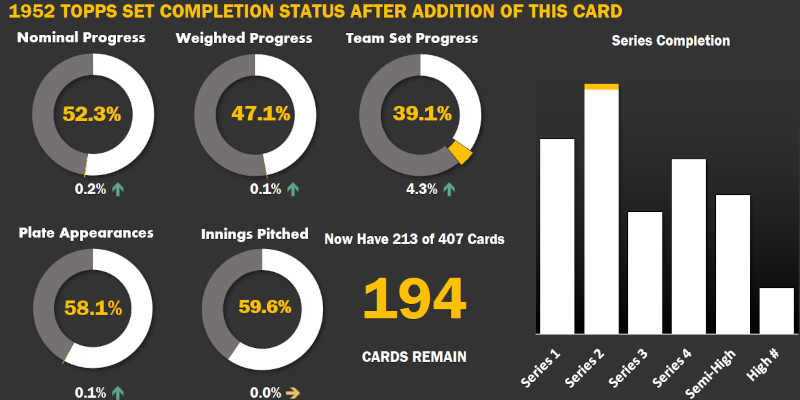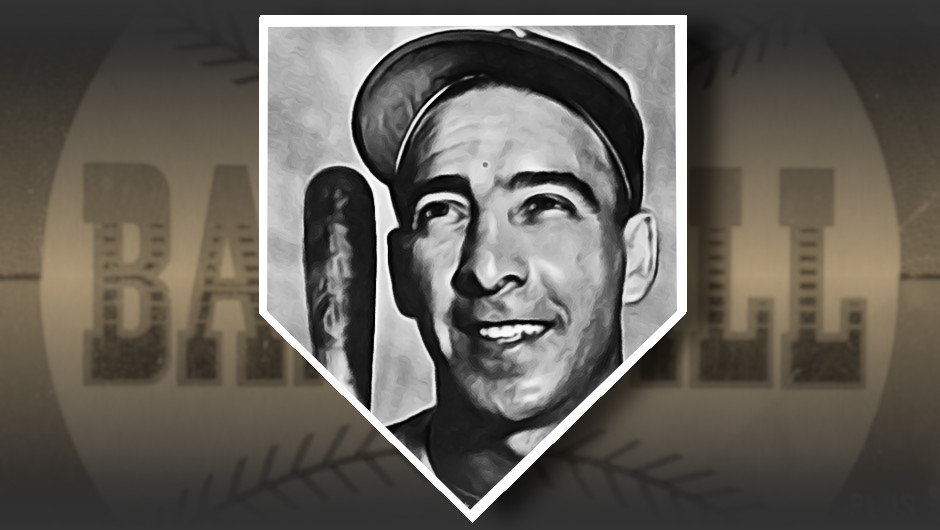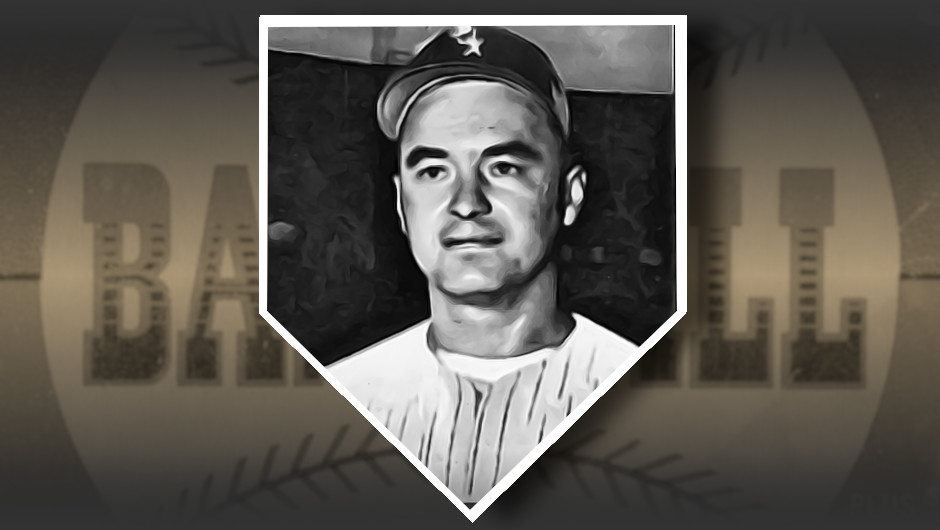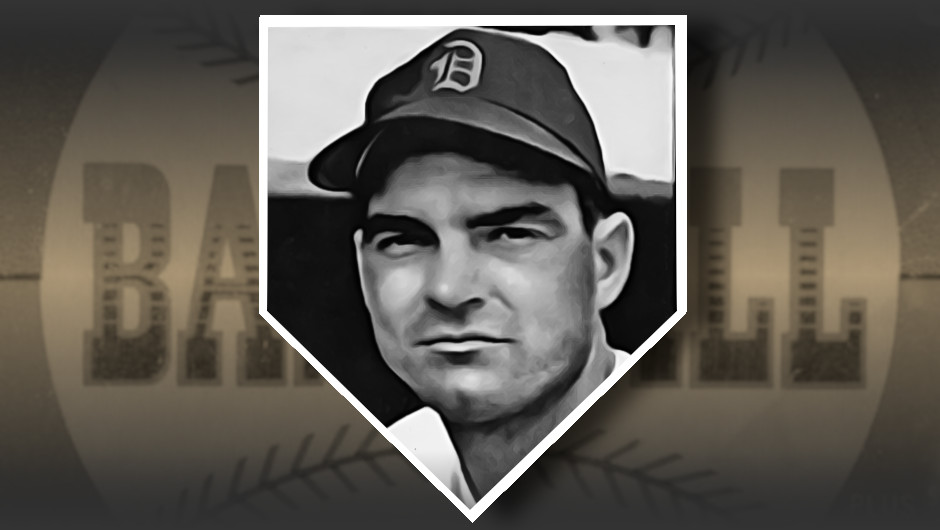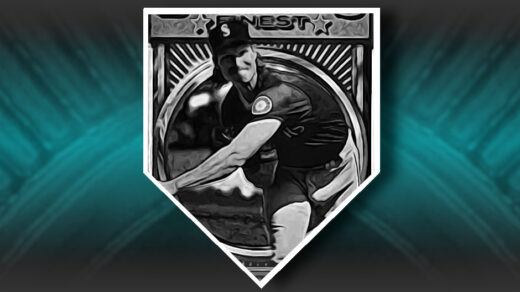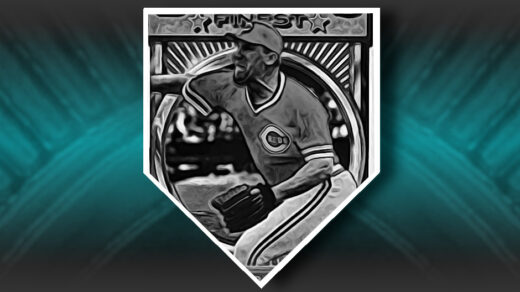As kids, my brother and I both tried to complete the ancient looking 1975 Topps set. That set epitomized an achievable vintage goal to us, though we never completed it and in hindsight it really wasn’t that old. Its recency today is more akin to cards produced in 2006. I guess Justin Verlander’s ’06 card is the current equivalent of a George Brett rookie.
2006 was a year in which Topps leaned heavily onto the cardboard past. In the ancient world of 2006 the company resurrected the Allen & Ginter brand, which had last produced baseball cards at the end of the 19th century. Early A&G issues included a heavy dose of baseball in checklists, though these were nearly offset by a number of the era’s boxing stars. Topps made sure to pay homage to the brand and interspersed fighters like Mike Tyson in the 2006 edition.
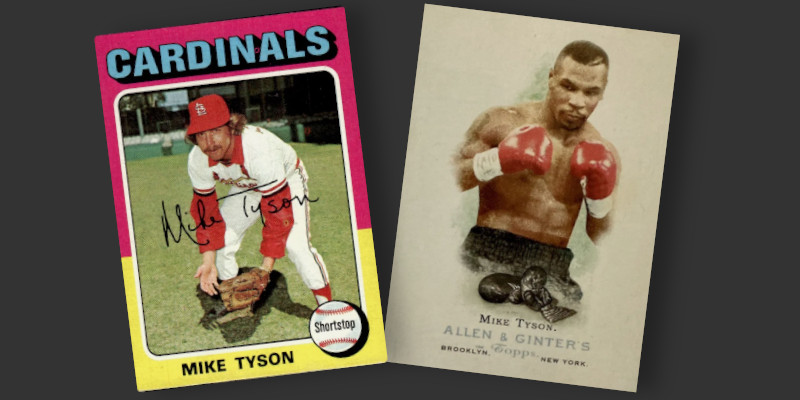
Mike Tyson’s name was a familiar one, not only because he was the most famous pugilist since Muhammed Ali, but because my brother and I used to laugh hysterically whenever he saw card #231 in our 1975 Topps binders. The card belonged to Mike Tyson of the St. Louis Cardinals, a shortstop decidedly known for not hitting things hard. The trivia question on the back was always extra fun when asked in a Mike Tyson (the boxer) voice.
From time to time I come across description’s of the baseball Tyson’s career, all of which seem to make the obvious reference to his more famous cognomial in the ring (Yes, I had to search to find that term). In his post-baseball life in print, the elder Tyson is often referred to as “baseball’s” Mike Tyson.
While I never finished building my 1975 set, that collecting hole was eventually filled by an effort to assemble its 1952 Topps counterpart. There are no players in the ’52 checklist named Mike Tyson, though there is one “Mike” and five guys named “Mickey.” Instead, the set’s surprisingly Tyson-esque card belongs to Cliff Mapes of the Detroit Tigers.
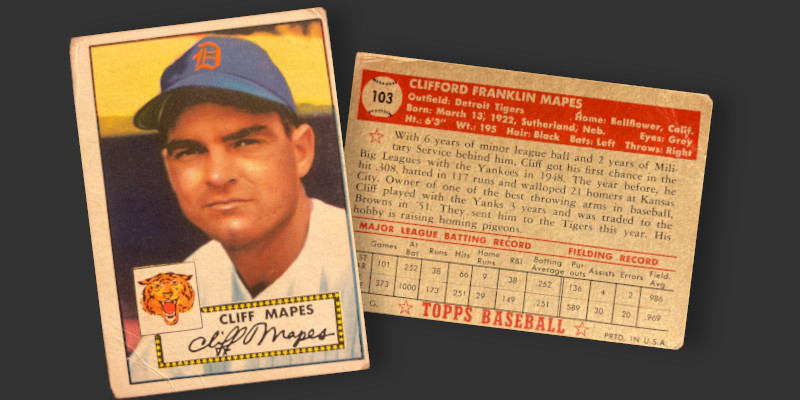
Like the 1970s “Mike Tyson of Baseball,” Mapes was generally praised in the majors for his arm more than his bat. Their career batting averages were just one point apart, standing at .242 and .241. Mapes was the much stronger hitter, displaying almost average offensive effectiveness (97 wRC+) while Tyson posted a lowly 64 wRC+. Mapes actually acquitted himself well when he hit the ball, generating a very respectable .346 wOBA and even managing to sock one of the longest minor league home runs in history. Still, his contemporaries were not a fan of how often he swung and missed. Despite being a part time backup he managed to lead his entire team in strikeouts in multiple seasons. Mapes’ career strikeout rate of 15.4% looks absolutely tame by today’s standards, with his career total of 213 punchouts equal to the 2021 single season total logged by Joey Gallo.
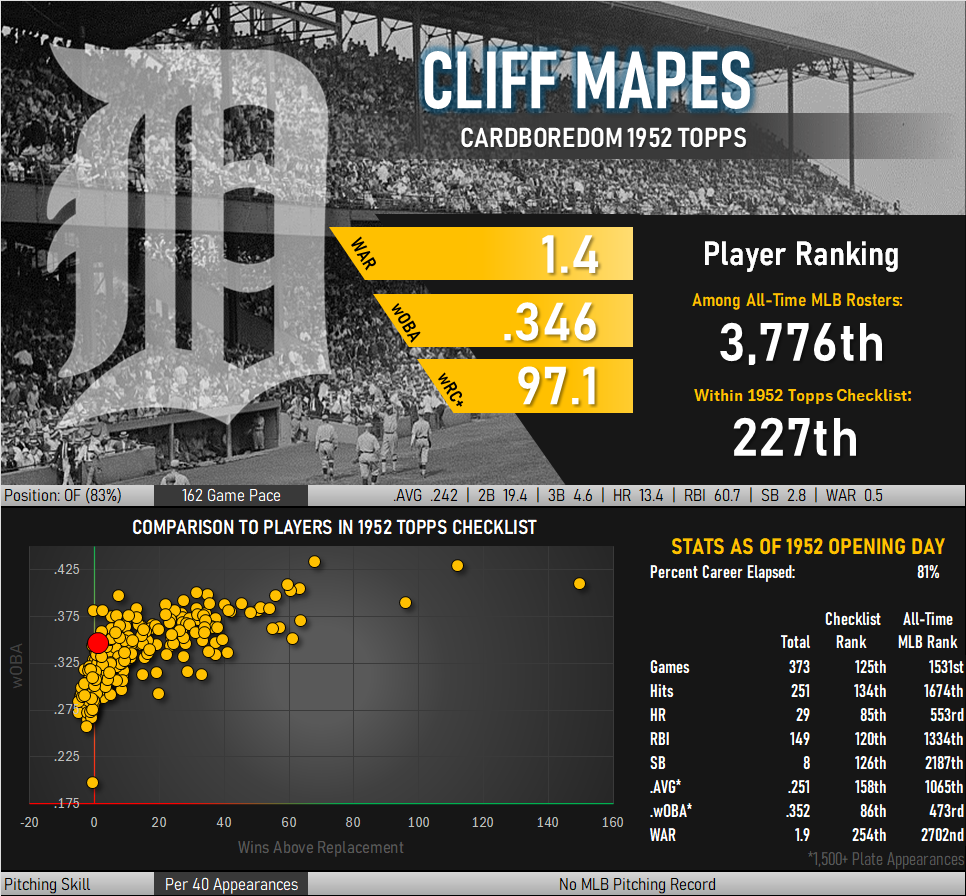
So what is Cliff Mapes’ connection to Iron Mike Tyson aside from some stretched comparisons to a 1970s infielder and a lot of figurative punchouts? Check out the last line of the biography on the back of his 1952 baseball card.

Mapes and Tyson have long been fellow carrier pigeon enthusiasts! Tyson’s boxing career can be arguably traced back to a series of fights in which he tried to protect his birds. I wonder if Mapes’ birds learned to fly to new homes each time he traded. Also, I wonder he would look like with a Tyson-style face tattoo.
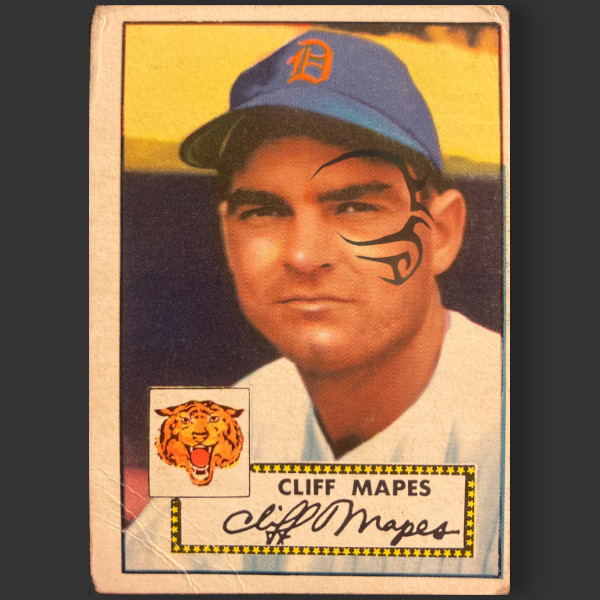
One quick side note as I close this out – I once sat in on a Mike Tyson sparring session. Despite the size 5-XL shirt he was wearing, Tyson may have been the widest human I ever met. I say “may have been” as, strangely enough, the same day I took this picture I ended up sharing an elevator with bodybuilding champion Jay Cutler.
